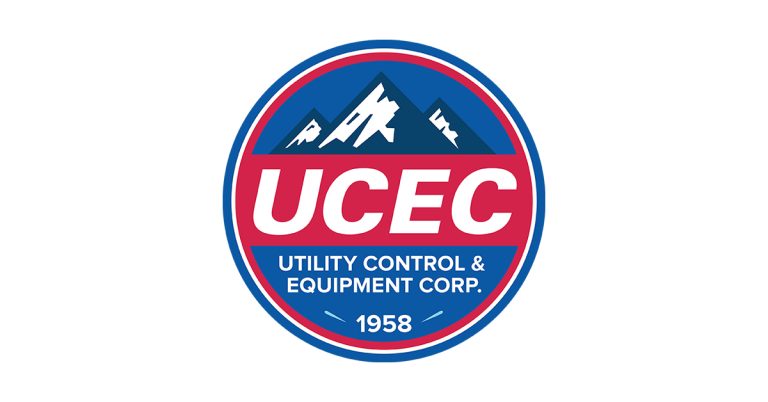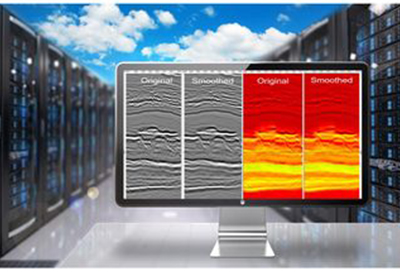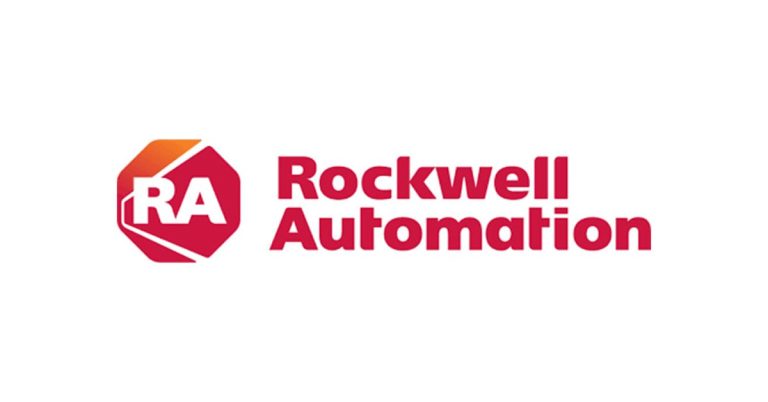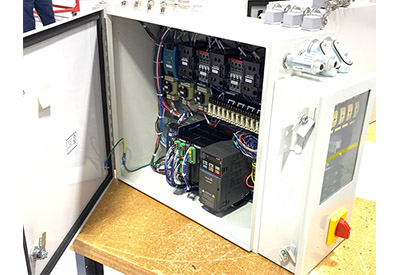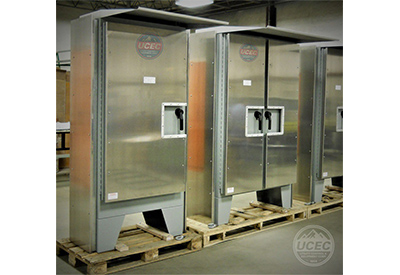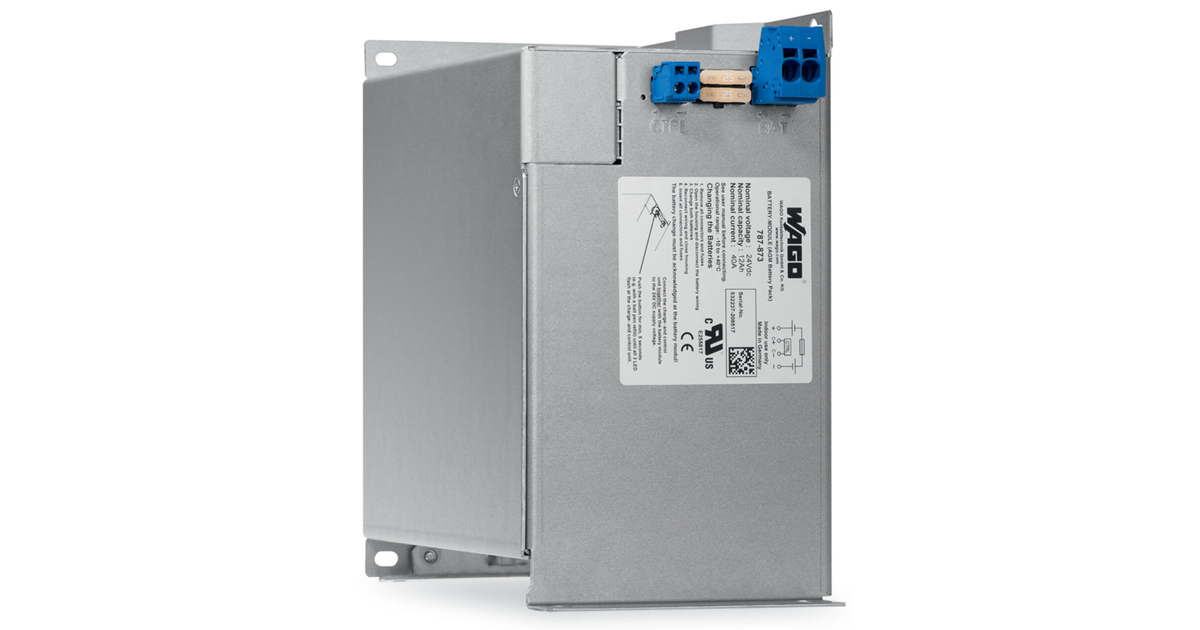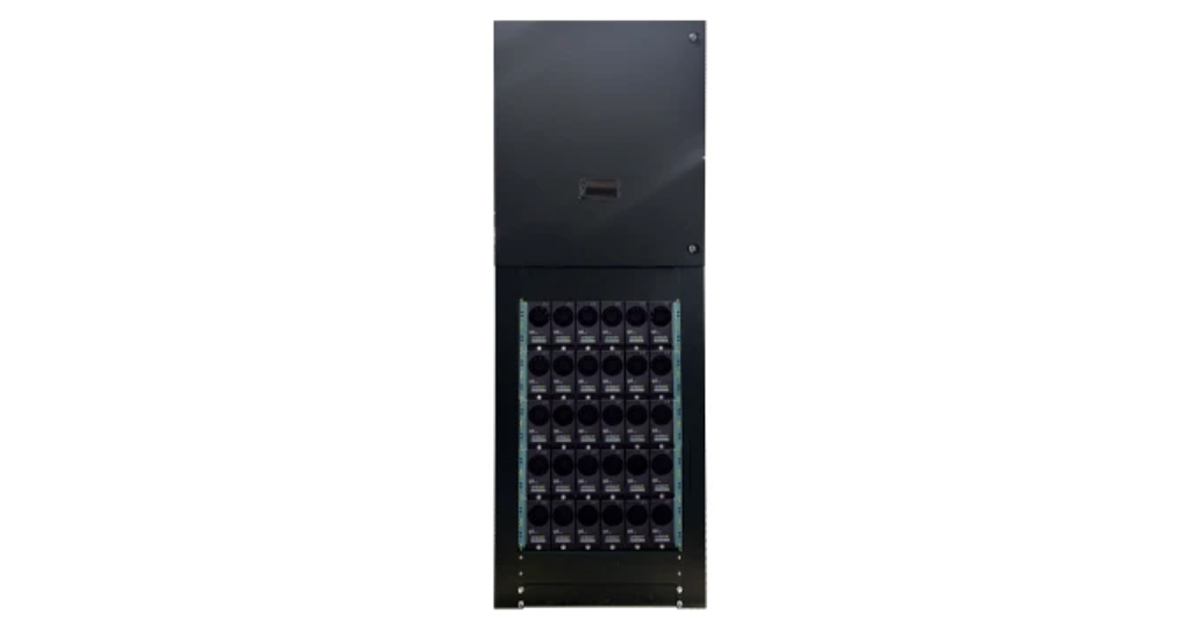Why Manufacturers Are Moving to Busbar Power to Increase the Safety and Efficiency of Their Automation Infrastructure
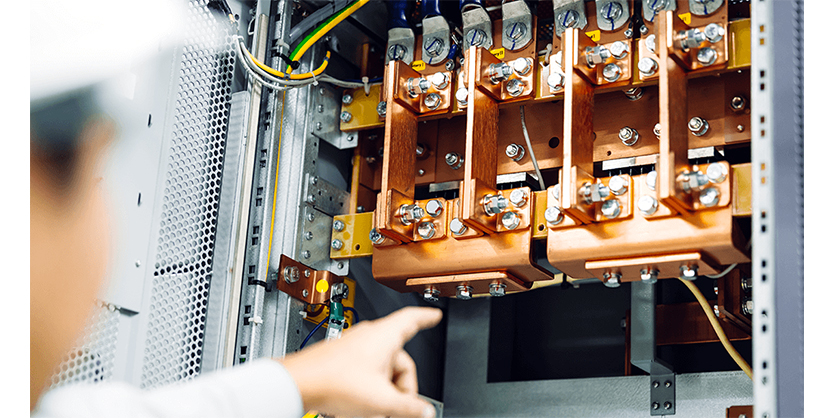
May 10, 2023
If there’s one constant in modern manufacturing, it’s change — be it new technologies or processes, or amendments to a number of industry regulations or compliance guidelines. And in the case of power distribution systems, it’s actually a combination of both that’s fueling manufacturers to move away from legacy control panel wiring and embrace busbar power distribution panels.
A report issued just a couple of years ago by the International Electrotechnical Commission outlined new global regulations for how industrial control panels need to be wired. Since then, the modular nature of busbar panels and the configuration flexibility they provide inside the enclosure has accelerated their implementation across a variety of industries, particularly in the automotive manufacturing space.
But the design benefits of busbar power distribution — specifically the ability to help prevent accidental arcing, and the capacity to increase efficiency and performance — have encouraged manufacturers to move even more quickly to adopt busbar power. Here, we look at how busbar power is helping manufacturers increase the safety and efficiency of their automation infrastructure.
How does busbar power distribution help increase the safety of personnel and automation equipment?
There are a couple common misconceptions or myths about busbar and its ability to power industrial automation equipment more safely, especially when busbar is compared to IEC devices, which are the previous generation of power distribution systems.
One of the biggest misconceptions about busbar’s ability to enhance safety is that, compared with IEC devices, it’s more difficult to create a touch-safe installation inside an electrified enclosure using busbar. However, common busbar installations like load centers offer touch safety via dead front panels where the power connection is only accessible at the rear of the enclosure.
In fact, modular busbar power distribution systems designed for use in industrial control panels — like Rittal’s line of busbar power panels — incorporate touch-safe terminals and cover panels to significantly reduce the likelihood of electric shock to production facility personnel, and also help mitigate the chance of arc flash, which could harm machine operators and damage connected equipment like enclosures and climate control units.
Modular busbar systems feature pre-engineered components designed specifically for simplified, safe connections using solid copper conductors, which are common in industrial control panels. In addition, busbar systems are engineered to eliminate the use of power distribution blocks, which makes them exponentially easier to use and safer than traditional block and cable power distribution installations.
From a short circuit rating, busbar power systems offer a higher default short circuit current rating (SCCR), which further enhances a safer automation infrastructure by adding additional protection from electrical faults or arcing incidents. Plus, the configuration flexibility of busbar allows for the integration of extra supports to increase the SCCR based on application or required voltage.
How does busbar power distribution help optimize efficiency?
While busbar’s ability to create a safer automation architecture focuses primarily on the panel and machine builder, busbar’s capacity to help optimize the efficiency of automation equipment actually centers on the panel or machine builder and the end user as well.
Busbar helps unlock optimized production efficiency in a couple of key ways. First, busbar helps maximize uptime on the factory floor by reducing instances of electrical overload which are one of the primary causes of motor failures — in fact, about 30% of all motor failures are caused by overload conditions, and busbar is better equipped to respond and adapt to an electrical imbalance.
Busbar further optimizes production efficiency via its ability to scale based on demand. With traditional control panels, the sizes and configurations of wires are restrictive and there is very limited room for expansion or alterations — and, if alterations can be made, drilling or tapping of the enclosure is often required. However, a modular busbar power system can be modified to accommodate different configurations or expansions without the need for drilling.
What’s more, busbar power systems can easily be retrofitted to accommodate a wide variety of applications whereas IEC systems are designed for specific uses.
This not only reduces the potential for downtime when scaling your automation infrastructure to meet production demands, but it also makes manufacturers better equipped to add new production lines based on market forces — for example, the flexibility of busbar power systems would streamline the process of a food and beverage producer adding a production line for a new flavor of potato chip.
When it comes to maintenance and troubleshooting, busbar again reigns supreme in maximizing uptime. Busbar’s line side wiring requires no tracing, and busbar’s modular design means components can be quickly and easily interchanged or replaced using standard tooling.
But safety and efficiency are just two of the many benefits busbar power systems offer panel builders and manufacturers alike. And with Rittal’s modular approach to busbar power system design and engineering, the sky’s the limit for how much you can achieve by making the switch to busbar power.


